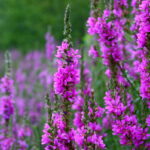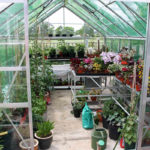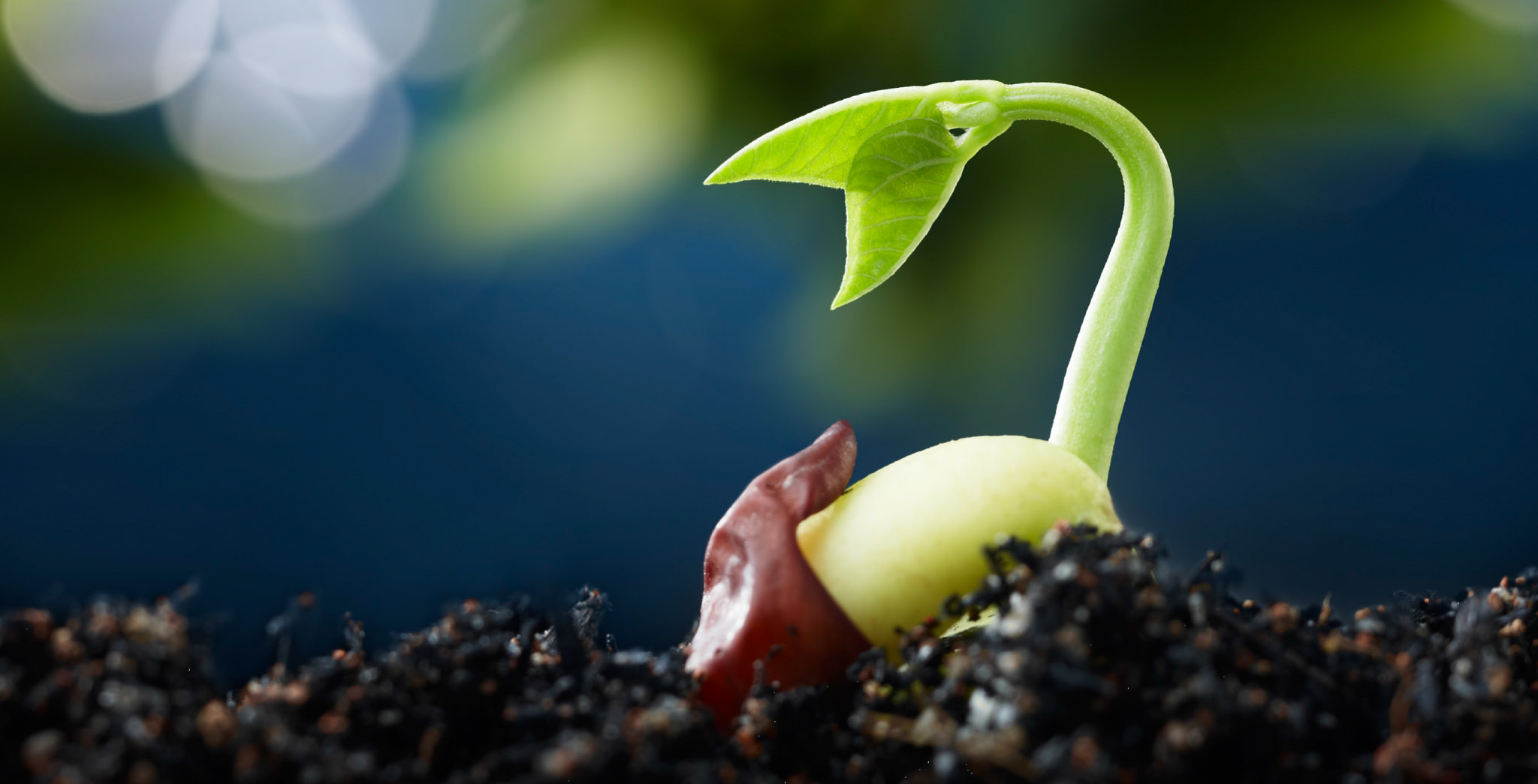
Written by John Egan
With a nickname like the Green Mountain State, it’s fitting that Vermont has cultivated a sizable presence in organic farming.
A LawnStarter review of data from the U.S. Department of Agriculture (USDA) shows Vermont leads the country for the number of organic-certified farms per 100,000 residents. The state had 556 organic-certified farms in 2016, or 89 per 100,000 residents, making it the country’s runaway winner when comparing a state’s number of organic farms with the state’s 2016 population.
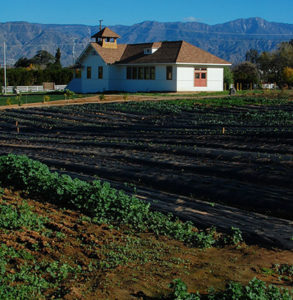
In terms of sheer number of organic-certified farms, California is No. 1. According to USDA, the Golden State had 2,713 farms in that category in 2016, or 6.9 per 100,000 residents.
Michael Colby, executive director of Regeneration Vermont, a nonprofit advocacy group that promotes sustainable farming, says that despite those numbers, nonorganic agriculture still dominates the state.
“More than 80 percent of Vermont’s agriculture is centered in nonorganic dairying, and the number of organic dairy farms has remained stagnant — around 200 — for many years,” Colby says. “As a percentage of the whole dairy industry, organic dairies are rising, but that’s exclusively due to the high rate of conventional dairies that are going out of business.”
Ben & Jerry’s and Cabot Creamery are two of the biggest players in Vermont’s dairy industry. In a year’s time, the state produces more than $500 million worth of milk.
Dairy farming ranks as the No. 1 economic driver in Vermont’s organic agriculture sector, but production of organic fruits and vegetables also is popular, Colby says. He attributes that, at least in part, to the state’s higher-than-average number of small-scale “boutique” fruit and vegetable farmers.
Colby’s group is pressing for adoption of a statewide plan that would shift Vermont’s dairy industry entirely to organic.
“This transition is necessary because of the severe economic, environmental and animal welfare threats of conventional dairying,” he says. “This transition would dramatically reduce the number of cows and the land used to grow the GMO corn fed to conventional dairy cows, thus freeing up land and resources to diversify our agricultural crops and products and, hopefully, putting an emphasis on local and regional consumption.”
Jane Johnson is founder of farm insurance comparison site Farmer Jane , adds “Vermont is consistently among the highest in terms of demand for insurance.”
Based on LawnStarter’s analysis of USDA and U.S. Census Bureau data from 2016, here are the 12 states where organic-certified farms are most prevalent (on a per-person basis).
1. Vermont
Number of organic farms: 556
Population: 624,594
Organic farms per 100,000 residents: 89.02
2. Maine
Number of organic farms: 494
Population: 1,331,479
Organic farms per 100,000 residents: 37.10
3. Iowa
Number of organic farms: 732
Population: 3,134,693
Organic farms per 100,000 residents: 23.35
4. Wisconsin
Number of organic farms: 1,276
Population: 5,778,708
Organic farms per 100,000 residents: 22.08
5. North Dakota
Number of organic farms: 114
Population: 757,952
Organic farms per 100,000 residents: 15.04
6. Montana
Number of organic farms: 156
Population: 1,042,520
Organic farms per 100,000 residents: 14.96
7. Oregon
Number of organic farms: 461
Population: 4,093,465
Organic farms per 100,000 residents: 11.26
8. South Dakota
Number of organic farms: 86
Population: 865,454
Organic farms per 100,000 residents: 9.94
9. Minnesota
Number of organic farms: 545
Population: 5,519,952
Organic farms per 100,000 residents: 9.87
10. Idaho
Number of organic farms: 166
Population: 1,683,140
Organic farms per 100,000 residents: 9.86
11. Washington
Number of organic farms: 677
Population: 7,288,000
Organic farms per 100,000 residents: 9.29
12. Nebraska
Number of organic farms: 162
Population: 1,907,116
Organic farms per 100,000 residents: 8.49
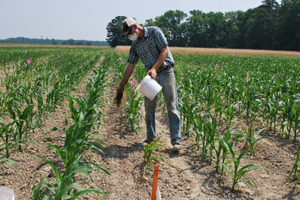
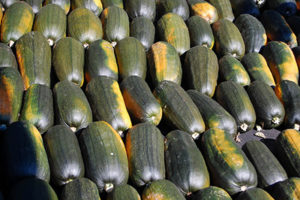
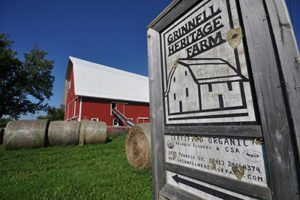
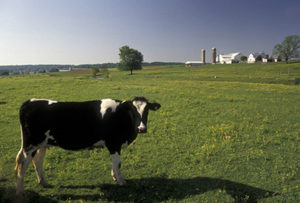
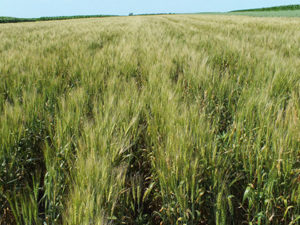
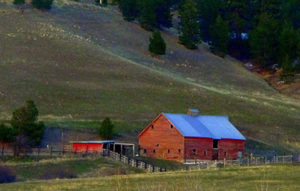
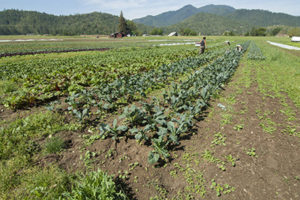
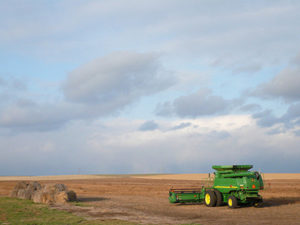
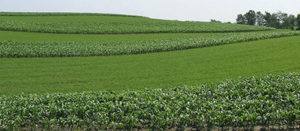
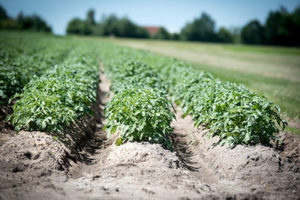
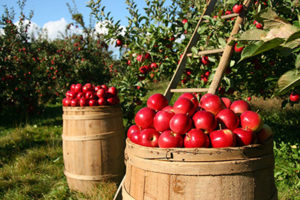
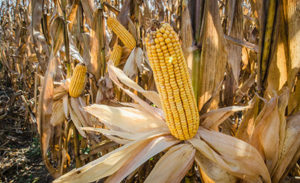
![5 Best Compost Bins of 2024 [Reviews]](https://www.lawnstarter.com/blog/wp-content/plugins/related-posts/static/thumbs/10.jpg)
